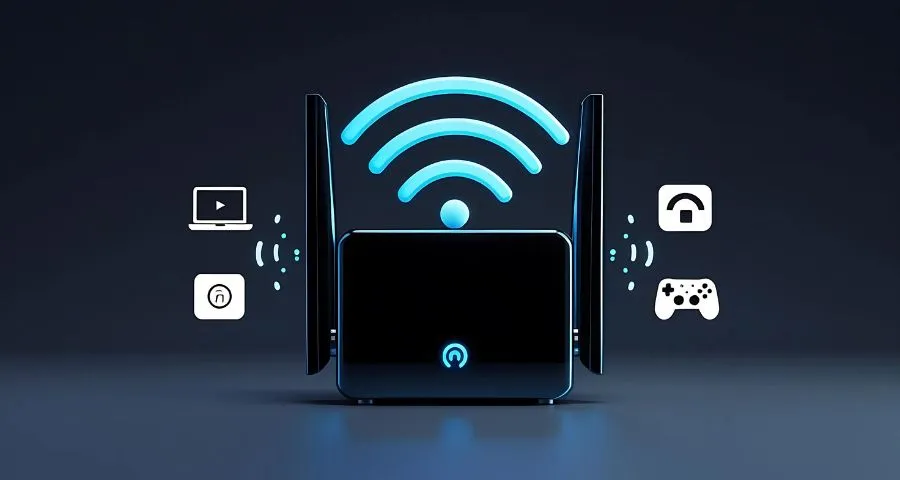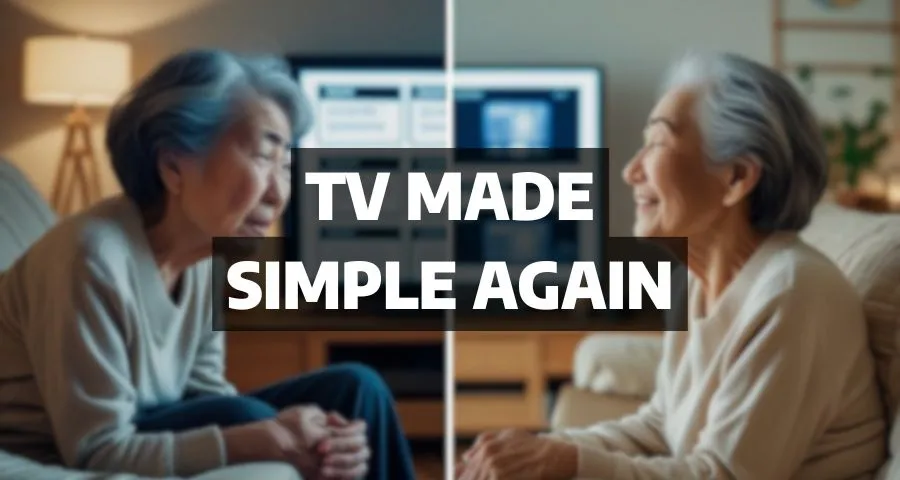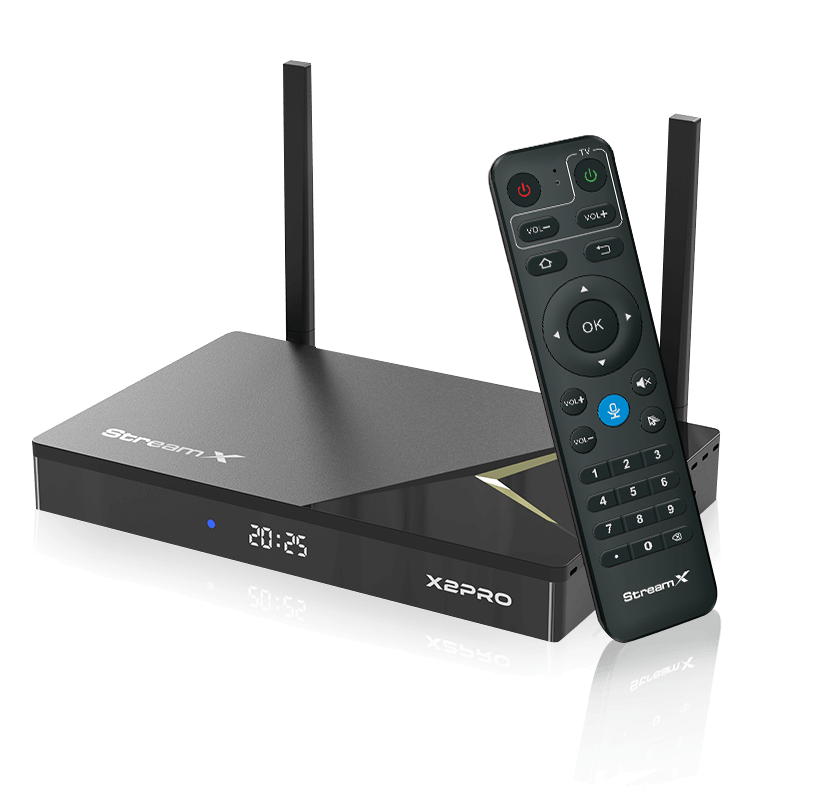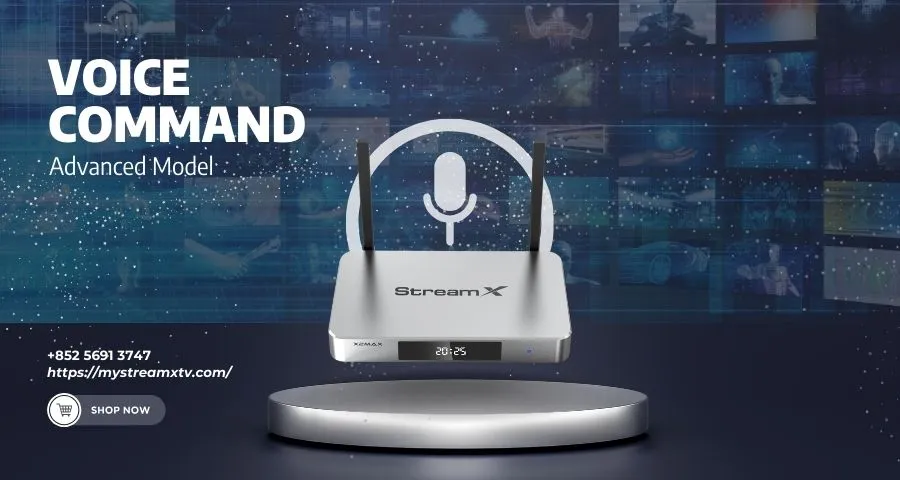Thinking about upgrading your home entertainment setup? If you’re still streaming in HD or even Full HD, you’re missing out on what modern 4K streaming has to offer. From sharper visuals to future-ready tech, this guide explains why 4K streaming isn’t just a luxury anymore — it’s quickly becoming the new standard.
What Is 4K Streaming, Really?
4K streaming refers to watching content in a resolution of 3840 x 2160 pixels, which is four times the pixel count of Full HD (1080p). That means sharper images, finer details, and a far more immersive experience, especially on larger screens where HD starts to blur.

But it’s not just about resolution. True 4K streaming also requires proper bitrate, color depth (like HDR10 or Dolby Vision), and frame rate optimization to maintain consistent, crystal-clear visuals. It’s a complete upgrade to how we view content.
Why 4K Streaming Is the New Norm in 2025
In 2025, 4K streaming is no longer limited to premium plans or niche content. Platforms like Netflix, Disney+, YouTube, and Prime Video all offer vast 4K libraries. Even live sports and news broadcasters are shifting to 4K to stay competitive.

According to Statista, over 50% of U.S. households now own a 4K-capable TV, and internet infrastructure has improved enough to support the 15–25 Mbps bandwidth 4K streaming typically requires. In fact, 4K is now considered the minimum standard for any modern media room. Anything less is quickly becoming outdated.
Internet Requirements for Smooth 4K Streaming
4K streaming demands a stable and high-speed internet connection. The general recommendations:
- 15 Mbps minimum for compressed 4K
- At least 50+ Mbps recommended for HDR or Dolby Vision
- Wired Ethernet or dual-band 5GHz WiFi preferred

If you’re sharing the network with other devices or smart home appliances, that number should be higher. To minimize hiccups, consider upgrading your router or switching to mesh WiFi systems. StreamX devices, for example, come with 2T2R dual-band WiFi, offering far better range and reliability than budget boxes.
How to Tell If You’re Really Watching in 4K
Not all 4K streams are truly 4K. Some services upscale lower-resolution content and label it as “4K,” misleading viewers. To verify:
- Check stream stats in the app (YouTube offers “Stats for Nerds”)
- Ensure your device output is set to 4K
- Make sure HDMI cables are high-speed certified
- Confirm that your subscription tier includes 4K access
Benefits Beyond Picture Quality
4K streaming isn’t just eye candy. If you value cinema-like experiences at home, 4K streaming is non-negotiable. It brings:
- Sharper subtitles for non-native content
- Wider color ranges for artistic films or nature shows
- Smoother motion, ideal for sports and fast-paced action
- Better zooming without quality loss (useful for large screens or presentations)
How 4K Streaming Is Shaping TV App Design
With the rise of 4K streaming, UI/UX design has evolved. Icons are larger and cleaner, menus support high DPI scaling, and apps like Netflix or Plex auto-adjust their interfaces based on screen resolution.

Streaming boxes like SuperBox use Android-based systems optimized for 4K streaming. That means apps look crisper, transitions are fluid, and touch-free voice control feels more responsive when paired with higher-resolution interfaces.
For many users looking into how to cut cable cord, 4K-ready streaming boxes are the first step, delivering modern app experiences that traditional cable simply can’t match. Developers now design with 4K in mind, from animation fluidity to accessibility text sizes. A low-res box simply won’t deliver that experience.
Is 4K Streaming Worth It Without a 4K TV?
First, can a non-4K TV display 4K content? Not really. If you’re using a Full HD TV (1080p), it can only display up to 1920 × 1080 pixels, even if the source content is 4K (3840 × 2160 pixels).

But, is 4K streaming worth it without a 4K TV? Yes — streaming 4K content still makes a difference, even if your TV maxes out at 1080p. You won’t see the full 4K resolution, but you’ll still enjoy several real-world benefits. In this case, your TV or streaming device will automatically downscale the 4K video to 1080p, resizing it to match your screen’s resolution.
That said, here’s why 4K streaming is still worth it:
- Cleaner Image Thanks to Higher Bitrate: 4K streams typically use much higher bitrates than regular HD. This means less compression, fewer artifacts, and sharper image quality — even when downscaled.
- 4K Source > Native HD: Movies and shows mastered in 4K tend to have better lighting, textures, and dynamic range. When downscaled, they still look better than content originally shot in plain HD.
- HDR Still Works on Some Full HD TVs: If your 1080p TV supports HDR (like HDR10 or Dolby Vision), you’ll still benefit from better contrast, richer colors, and deeper blacks — even without 4K resolution.
- Smart Downscaling: Most modern 4K streaming devices detect your TV’s resolution automatically and optimize output. You get the best image your screen can handle, with zero manual setup.
- Future-Proof Investment: Even if you don’t have a 4K TV now, getting a 4K-capable box means you’re ready for future upgrades. When you do switch to 4K, your device is already compatible. In fact, some users are now skipping straight to a smart TV box 6K for added future-proofing, but is that a smart investment or just marketing hype?
Common Misconceptions About 4K Streaming
- “It uses too much data”: True, but most services allow bandwidth control. Plus, fiber internet and unlimited data plans are now more common.
- “It’s not noticeable unless you have a huge screen”: False. Even on a 43″ TV, side-by-side comparisons show dramatic improvements.
- “It drains more power”: Slightly, but modern boxes are designed with energy-efficient chipsets that minimize the impact.
The Future of 4K Streaming
As more content is produced natively in 4K or even 8K, the importance of having a device that supports 4K streaming from multiple sources becomes crucial. Live concerts, gaming events, and even virtual reality streams are beginning to use 4K as a baseline.

More ISPs are rolling out fiber and 5G home internet, making 4K streaming smoother than ever. Additionally, AI-driven upscaling in newer boxes ensures that even older content looks stunning on modern displays.
Devices That Support 4K Streaming
Not every streaming device is created equal. Some promise 4K playback but fail to deliver consistent quality due to weak hardware or poor app support. If you’re investing in a streaming setup, you need a device built for 4K from the ground up.
This is where StreamX TV boxes stand out. The X2 Pro box, for instance, supports native 4K streaming at 60fps, HDR, and comes with dual-band WiFi to reduce buffering. It’s built with a powerful chipset that’s optimized for modern 4K platforms — not just in theory, but in daily use. Users consistently report smooth playback on Netflix, YouTube 4K, and IPTV services, even during high-traffic hours.

When choosing a device, make sure it includes:
- HDMI 2.0 or newer
- HEVC/H.265 codec support
- GPU capable of 4K decoding
- Adequate RAM (at least 2GB+)
Final Thoughts
If you’re not on the 4K streaming train yet, now’s the time. Between advancing hardware, smarter content delivery, and better connectivity, streaming in 4K offers a huge leap in quality without being reserved for the elite.

Whether you’re watching cinematic blockbusters, following live sports, or just binge-watching series on a quiet night, 4K streaming enhances every moment.
Contact us: [email protected] or Whatsapp